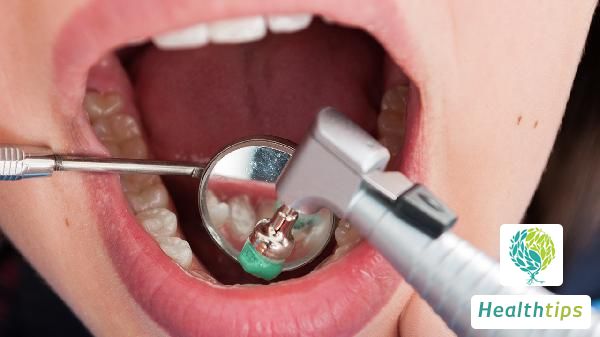Which Are the Common Sites for Bronchiectasis to Occur?
1. Where does bronchiectasis commonly occur? Bronchiectasis is generally secondary to bronchopulmonary infectious lesions, immune abnormalities, bronchial obstruction, etc. Bronchiectasis is more common in the lower lobes of both lungs, and the left lower lobe is more common than the right. The left lower lobe bronchus is slender and has a large angle with the main bronchus, and is compressed by the heart and blood vessels, resulting in poor drainage and susceptibility to infection. The opening of the lingual bronchus is close to the dorsal segment of the lower lobe and is easily affected by lower lobe infections, so the left lower lobe and lingual bronchus often expand simultaneously. Bronchiectasis in the upper lobes is commonly seen in the apical and posterior segments, most often caused by tuberculosis.

2. How should bronchiectasis be treated? (1) Positional drainage: Raise the affected lung position, so that the bronchus opening faces downward, allowing the sputum to flow into the larger bronchus and trachea, and be expelled through coughing. If the lesion is in the lower lobe, the patient should lie prone with their chest close to the edge of the bed, supporting themselves with their hands and performing deep breathing and coughing with their head down. Back pats can be used to improve drainage effectiveness. (2) Expectorants: Help restore ciliary beat function and thin viscous sputum, making it easier to cough out. Oral medications can be selected from the following drugs: bromhexine, ambroxol, myrtle leaf extract, fresh bamboo juice, etc. (3) Bronchial lavage and sputum drainage using a fiberoptic bronchoscope: This is an effective treatment measure, especially for patients who cannot expel sputum despite positional drainage. During the procedure, 1% epinephrine can be instilled into the bronchus to eliminate mucosal edema, reduce obstruction, and facilitate sputum expulsion. (4) Bronchodilators: Appropriate administration of bronchodilators can relieve airway spasms and facilitate sputum expulsion, such as oral administration of aminophylline or beta-2 agonists, which can also be inhaled.
3. Precautions for bronchiectasis patients: Patients generally adopt nebulization as a treatment method. During treatment, special attention should be paid to the diet, with a focus on eating foods rich in collagen, such as pig skin, fish, beans, seafood, etc., which are beneficial for recovery.



















